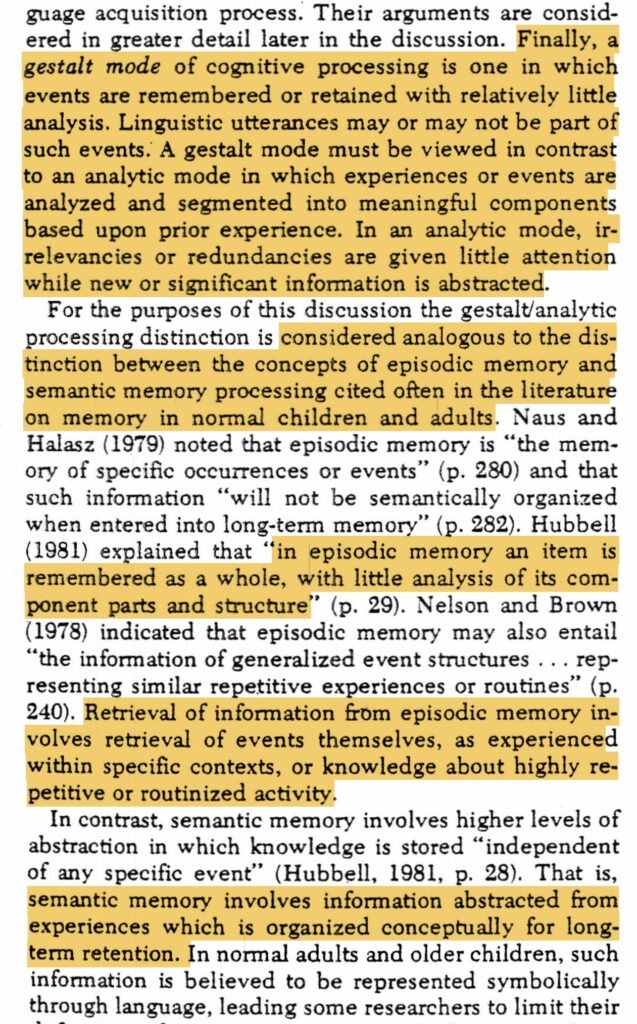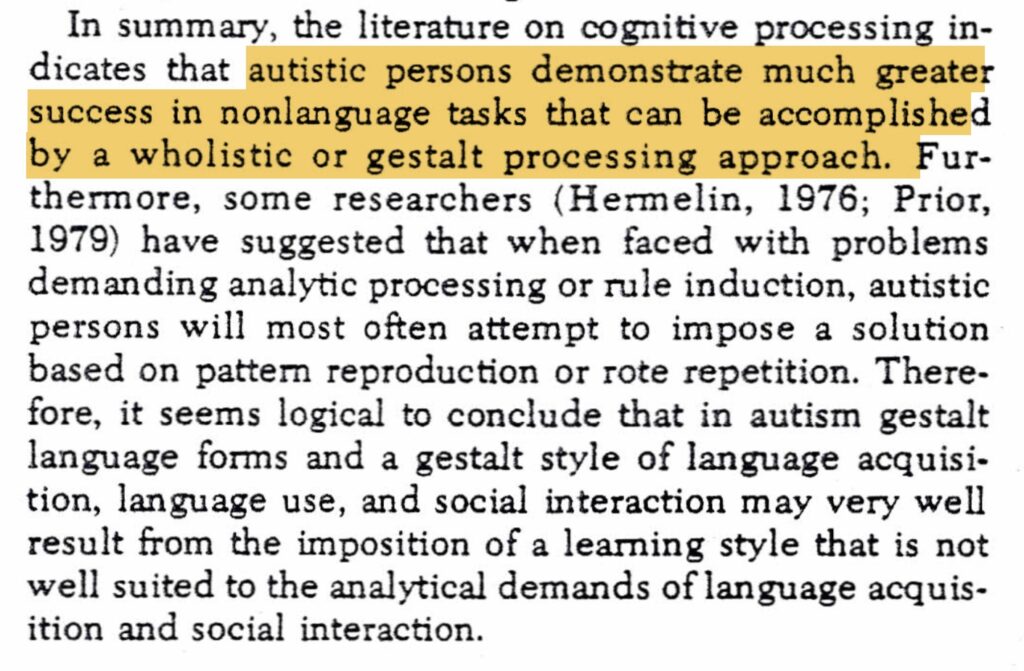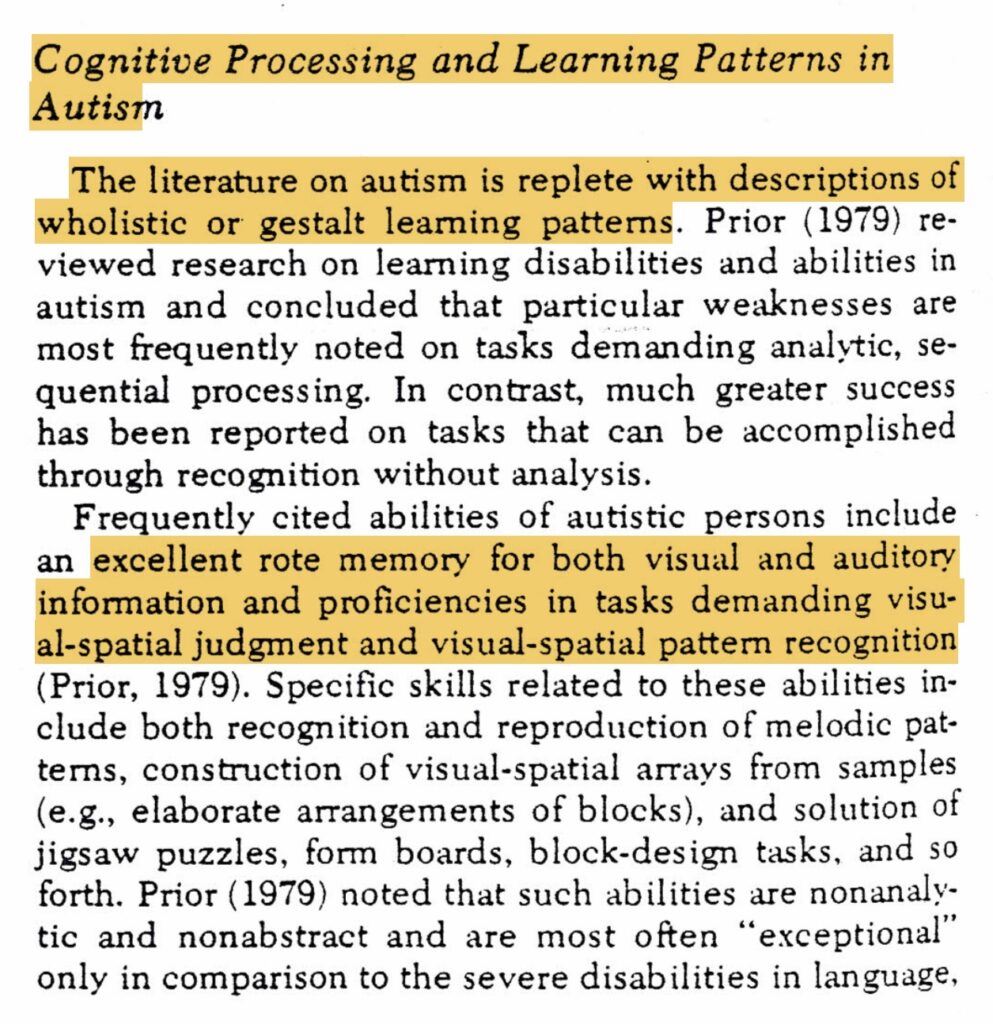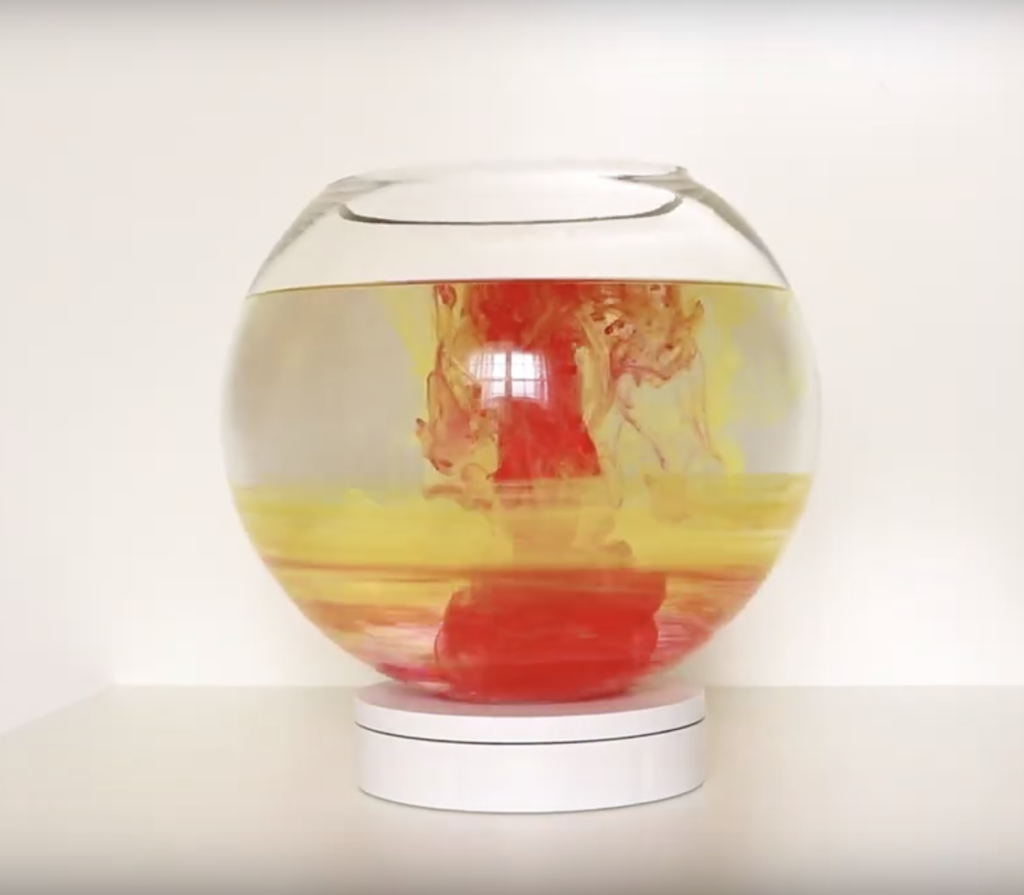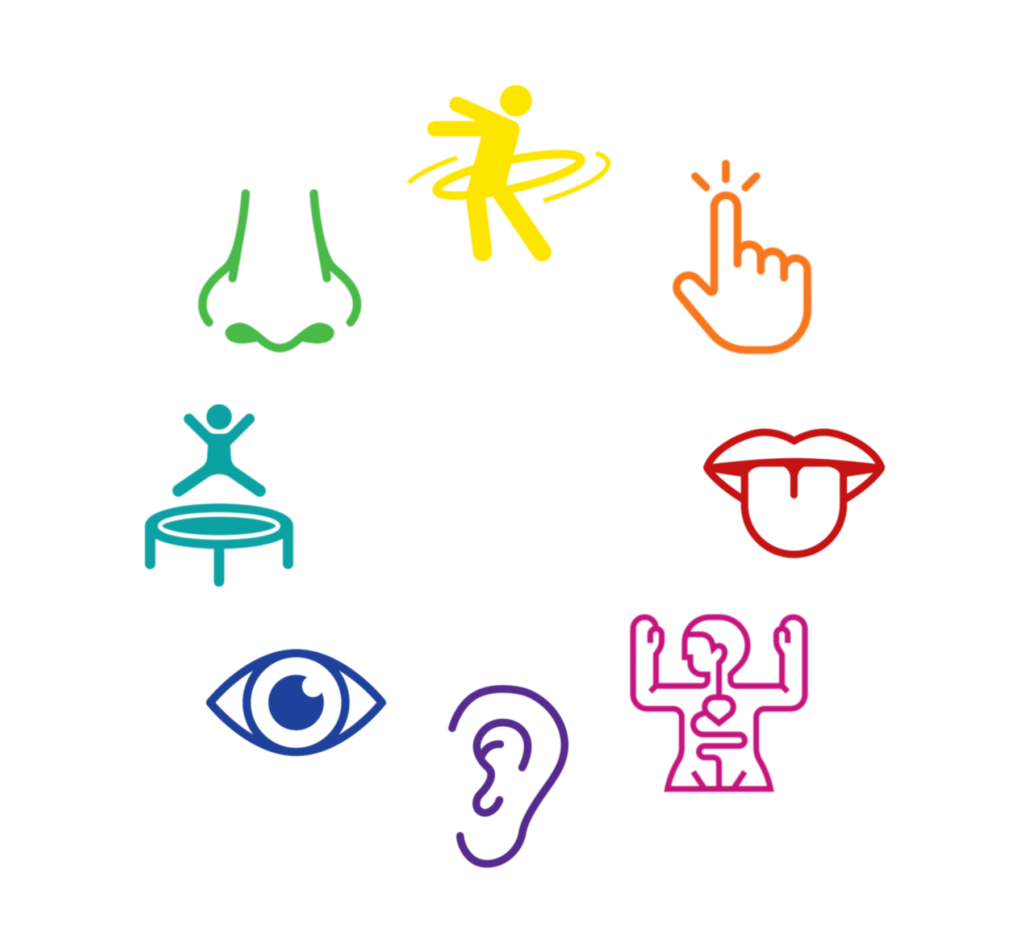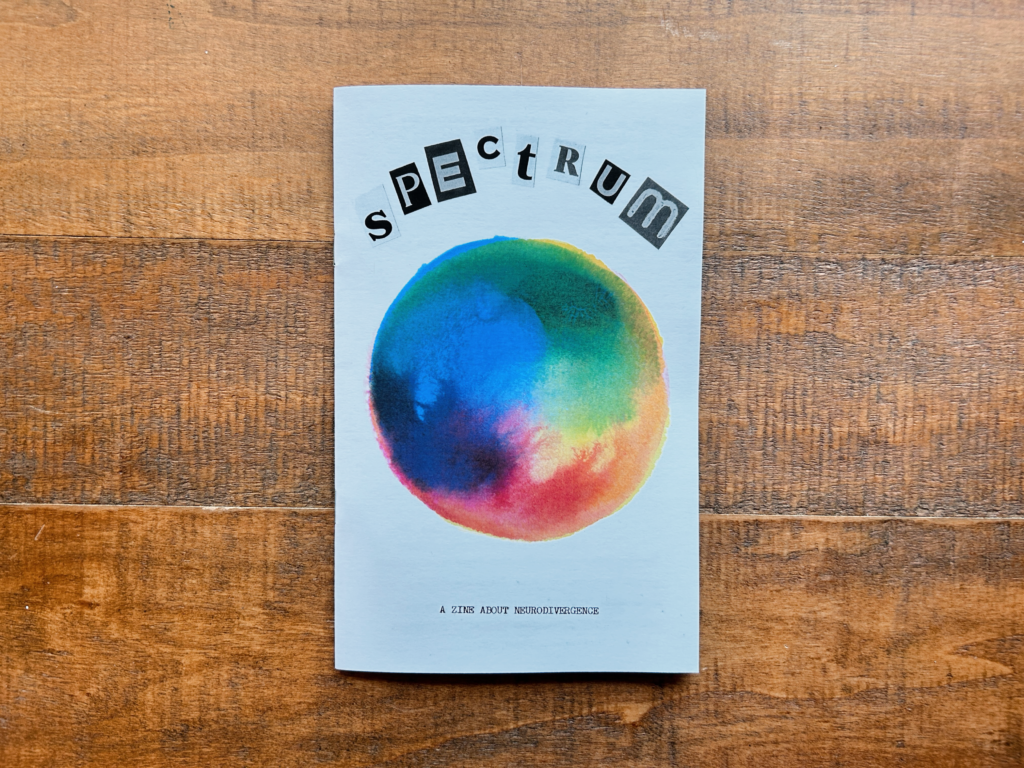If you’re autistic or ADHD and you’ve struggled with learning a foreign language you are not alone! The typical class structures are not made for our brains.
Growing up I had no idea I was autistic.
I was an early talker, a self taught reader, and my social differences were percieved as “shy.”
Flash forward thirty years and I am learning so much about myself alongside my autistic child. For one thing, our brains process language completely differently than neurotypicals.
If you want to do a deep dive into language development I suggest starting with Alexandria Zachos of Meaningful Speech. She has a lot of free resources on her blog and Instagram.
While I was learning to support my child’s speech development I had some big epiphanies about my own use of language and specifically why I struggled with Spanish classes in university.
Neurotypical humans learn speech word by word.
This is why most babies point at objects to learn their names. They learn a bunch of single words and eventually use them like building blocks to make sentences.
This is the way foreign language classes are structured because this is the way most brains process language.
I’m thinking of the times in class we would recite conjugations – as if that was at all useful outside the context of a sentence. 🫠
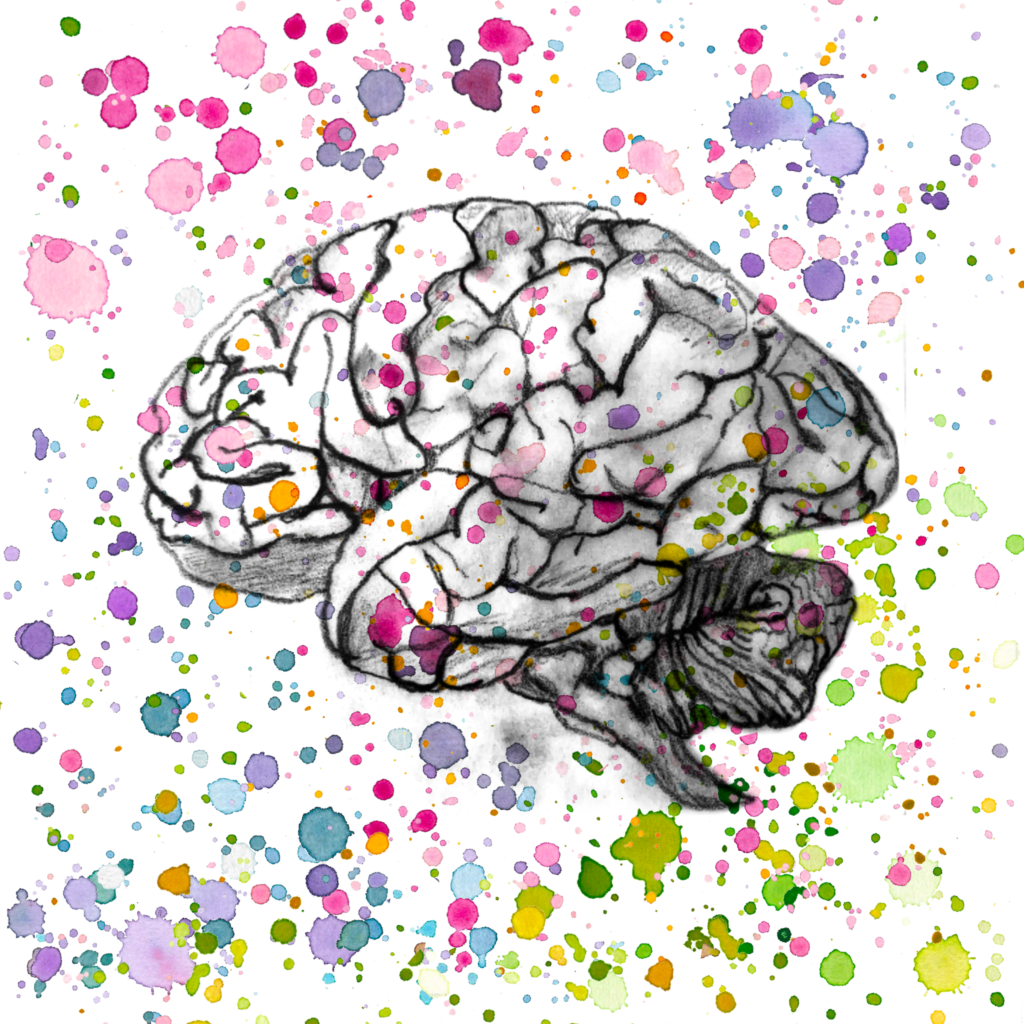
Autistic humans (and some ADHDers) learn speech in chunks. 🤯
Our natural language progression is to pick up phrases or sentences like shiny objects.
Bonus points for musicality, expression, or relating to our interests.
Once we have enough chunks we naturally start to mix and match.
How can we use this to teach (or learn) a second language?
Now we know why traditional curriculum aren’t going to work for us.
So what do we do instead?
1. If you do use a curriculum look for something that introduces phrases. Not words. 💬
Learning individual words is not helpful for gestalt language processors.
We need to see them in action.
Even if you find a curriculum that does this, you’re still going to need to supplement it to really engage a neurodivergent student.
2. We need hear a human native speaker. 🧑
Because we’re picking up on the whole language gestalt – including intonation.
Google AI is not the way forward here.
This doesn’t mean you need a private tutor, but whatever you are watching or listening to should be a real human who is a native speaker of the language you are learning.
3. Find expressive & interesting material. 📺
We’re incredibly lucky to live in a time where our favorite TV shows are probably dubbed over in multiple languages. Here’s the secret sauce where you engage with your student about whatever they are most passionate about.
We are currently loving the Spanish dubs of Numberblocks on Netflix. (My kid literally falls asleep listening to the soundtrack – which is also available in Spanish!)
I find that it’s easier to pick up on language if you’re watching shows that are made for emerging speakers (toddlers). Vocabulary is simpler and the speed of speech is (usually) slower.
But we also love watching Totoro in Japanese.

There’s something to be said for the immersion of watching something you love. Before my child was fluent in English he was singing the theme song to Totoro in Japanese.
Sometimes it’s about what speaks to your heart.
4. Sing! 🎶
Our brains engage with music on a different level than spoken language. Sometimes neurodivergent folks even sing before speaking.
99% of what I do remember from Spanish class was from songs.
There are so many YouTube channels for songs.
Super Simple Songs has translations for Spanish, Japanese, and Portuguese.
Just search for children’s songs in whatever language you want to learn.
Or jump in the deep end and try translating a pop song. I did this for Kudai’s Quiero after studying abroad in Mexico. It’s twenty years later and I still know it by heart.
5. Consider auditory processing supports. 🎧
Not all neurodivergent folks struggle with auditory processing, but plenty of us do. Sometimes I can’t “hear” sounds unless I see them.
If you’re watching a show or YouTube channel look at your options for captions. Captions in the native language are really helpful. But sometimes they do differ from the recorded audio so you have to watch out for that. (This is always the case even with English.) Or English captions can help with understanding the context.
Another great tool for students who need to see to hear is AAC.
David already had the Proloquo2Go app as a support for communicating in English. He hasn’t used his AAC in months so I set up a second user in Spanish. (I’m sure there’s a way to set up a bilingual user too.)
It looks like this. When you tap the word the tablet speaks it.
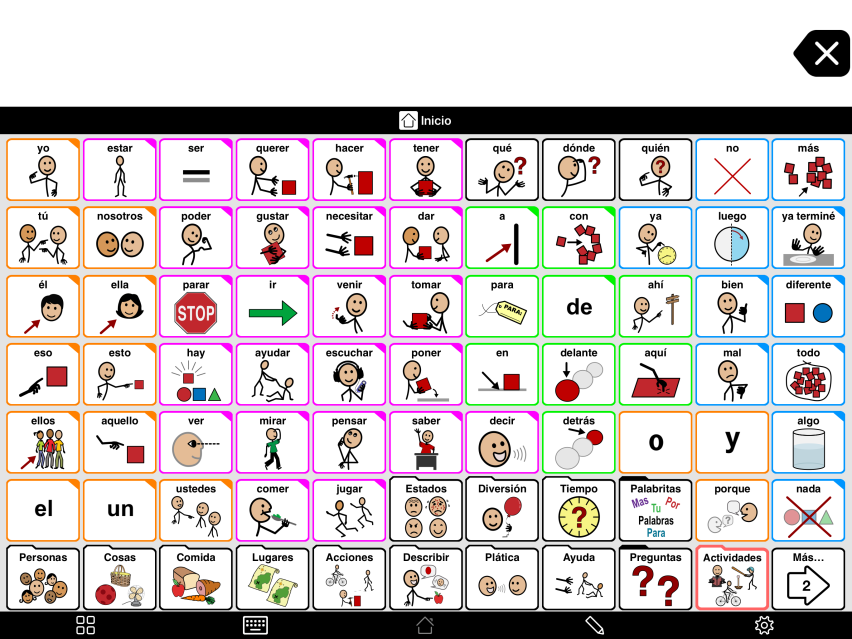
I wish this app were not so expensive.
But language curriculum is also quite an investment. I wanted to mention this because it is such a powerful tool. Since we already have it – using it for a second language is an exciting way to put that investment to good use.
I started with a template for an emerging speaker and then customized folders with phrases from Numberblocks.
It’s really important to put in phrases for our neurodivergent kids in addition to the single words that come preloaded.
I’ll probably write a second post specifically about how we use this.
The caveat is that AAC tablets are not very expressive. This is like a speaking dictionary, but it will not teach you the natural musicality of a language. You still need a native speaker (in real life, recordings, TV, or YouTube) to model language. This is a tool for making that material accessible.
6. Read books together! 📖
I love bilingual books with two languages printed side by side.
But I learned the hard way to look for books that are for “early readers” versus classic favorites.
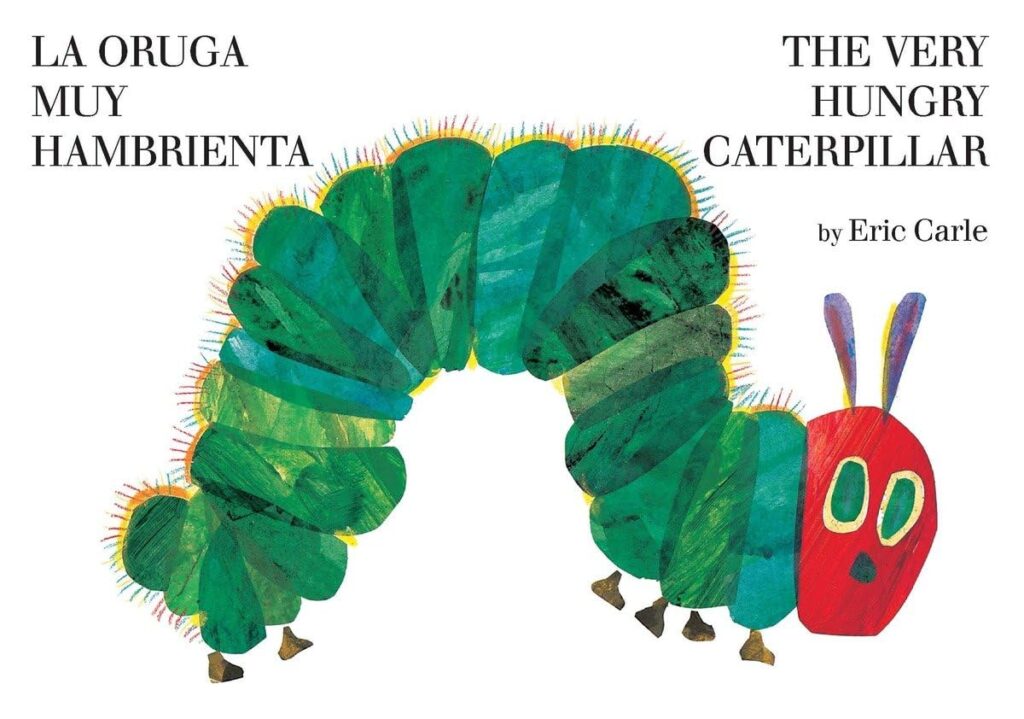
La oruga muy hambrienta is a mouthful.
While I didn’t learn much conversational Spanish during my time studying abroad, I am fairly confident at sight reading words. (It helps that the sounds in Spanish are very consistent versus what we’re used to in English.)
If you’re not comfortable reading aloud yourself (yet) try audiobooks!
But it’s also okay to be imperfect and make mistakes while you are learning. It’s all part of the process. If you’re a parent reading with a kid – seeing you make mistakes and correct yourself can be a good life lesson.
7. Practice with friends. 👭
Once you have phrases use them in your daily life.
Weave in what you’ve learned with your family or a friend group. My little extrovert is already having short conversations with native Spanish speakers in our area.
Follow his lead and look for opportunities to practice and learn in community.
8. Play! 🕹️
Try simple games in another language. Learn the phrases needed for a card game. Play “I spy” or charades. Put the words you’ve learned to good use.
You may even find video games or apps with multiple languages. Toddler apps are designed for emergent speakers (we love Eric Carle’s), but they do tend to focus on words versus phrases. If you’re picking up individual words (numbers, colors, nouns) try to learn phrases too so the words don’t get “stuck.”
Toolbox for ND Language Learners 🧰
- Learn phrases and sentences. Not words.
- Learn from a human native speaker. Not AI.
- Find expressive & interesting material.
- Learn songs!
- Try captions and AAC.
- Read books for “early readers.”
- Speak the language in daily life.
- Play!
If you found this useful I’d love to hear from you. I’m always open to chat or share resources, but simply hearing that you enjoyed this will make my day.
To anyone who’s just wandered in.
I’m Sarah Shotts, late diagnosed autistic artist, writer, and mum to an autistic child who I’m home educating.
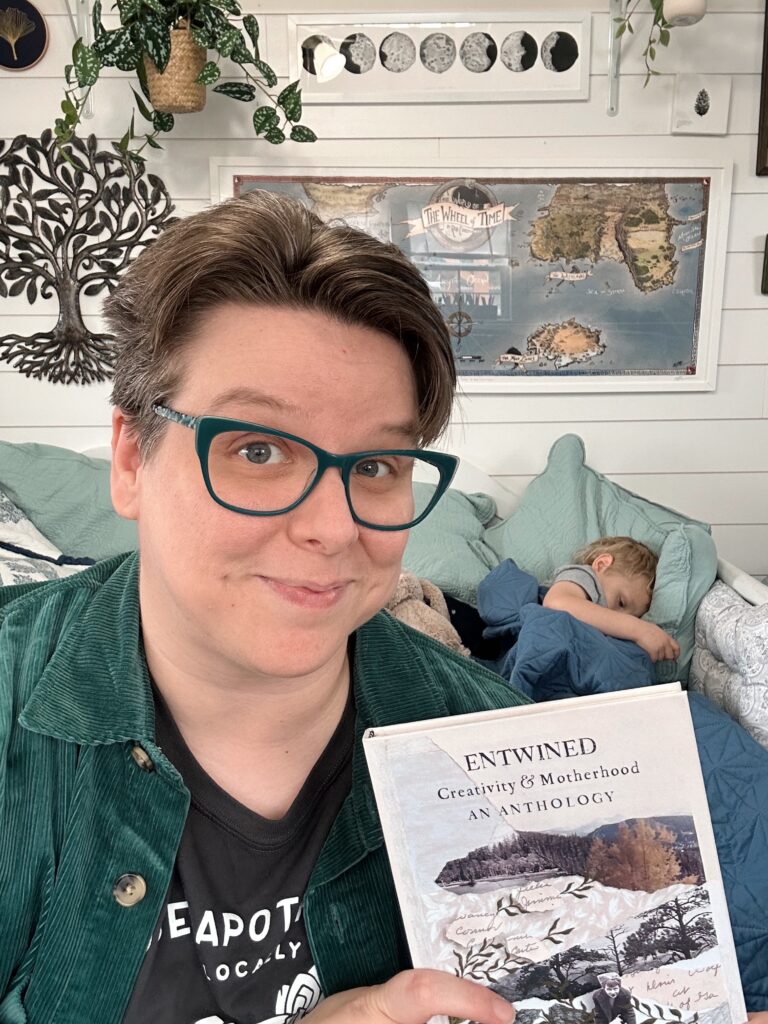
I write eclectic emails each month about creativity, neurodivergence, and (quite frankly) whatever my current hyperfixation happens to be.
Sign up here if you’d like monthly-ish emails.


